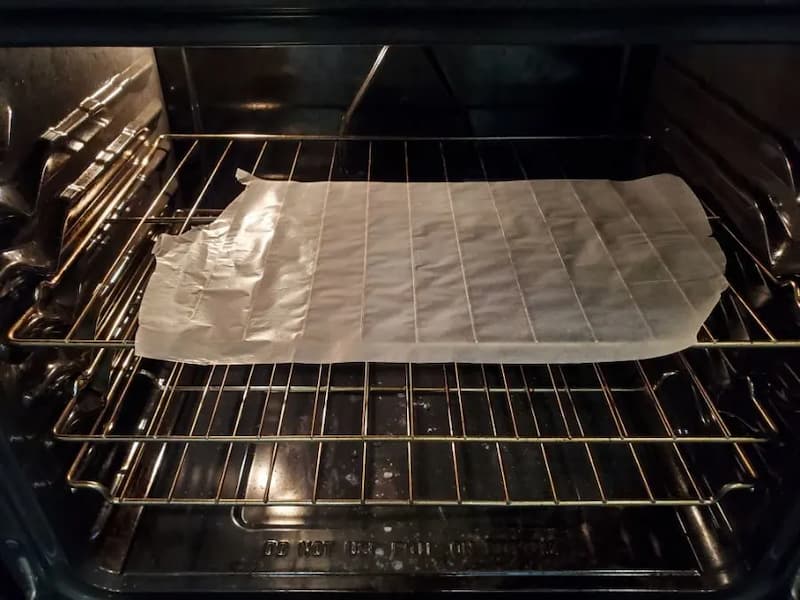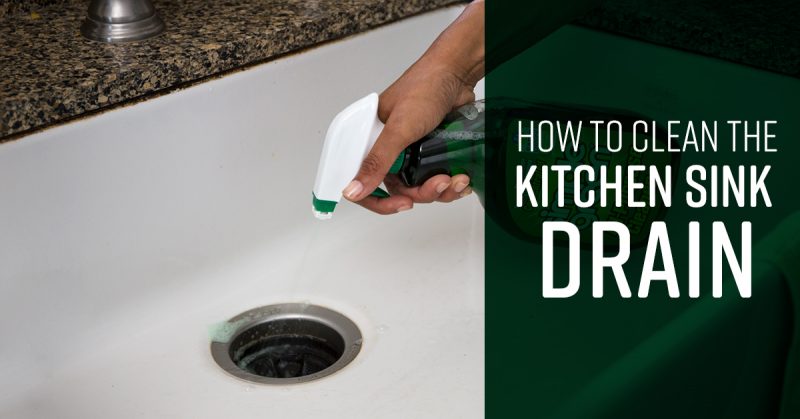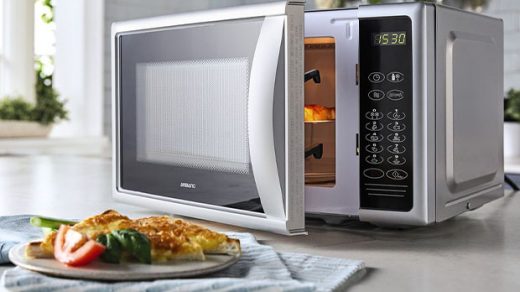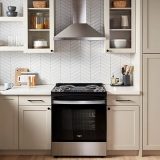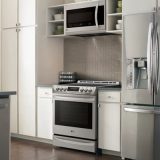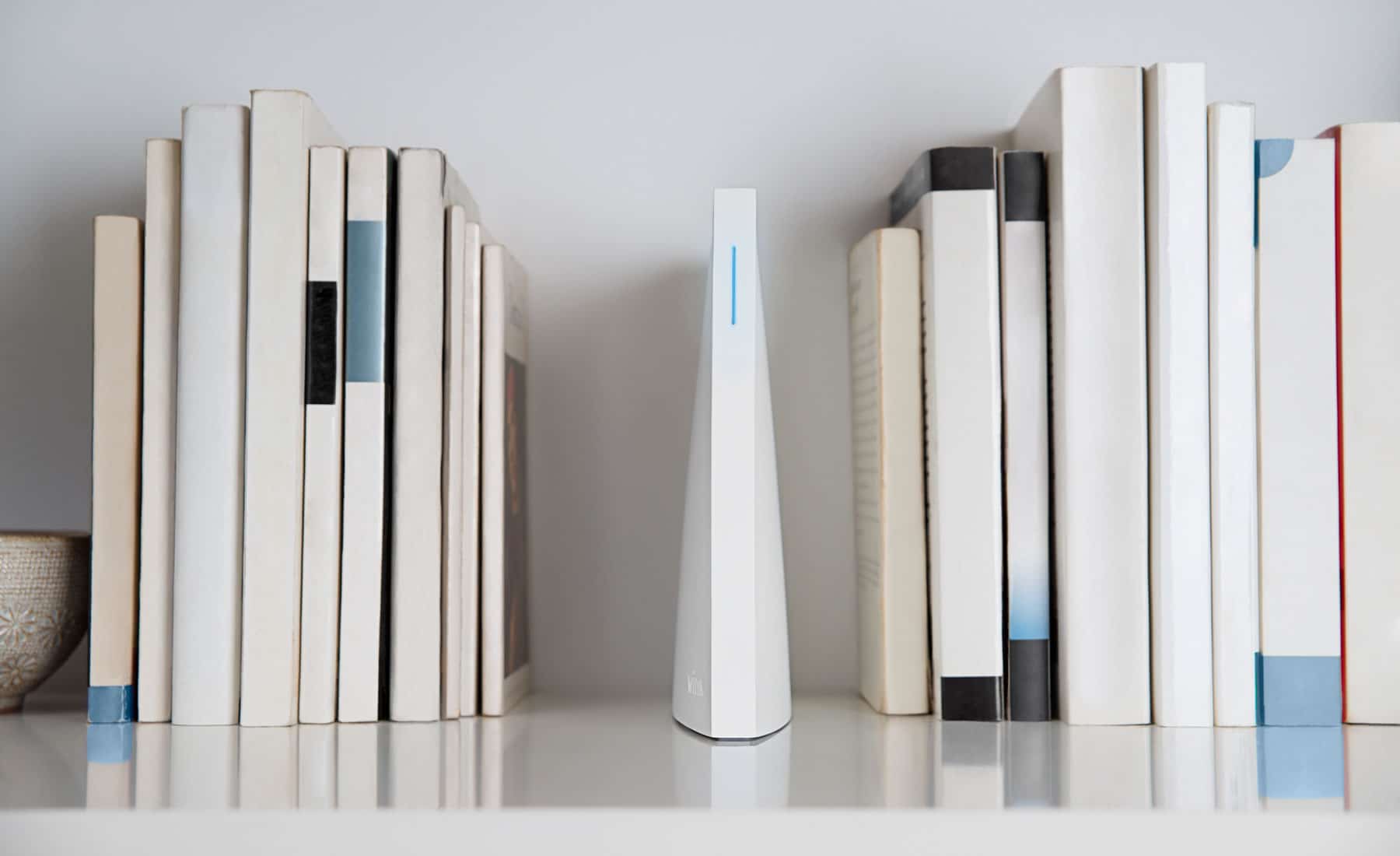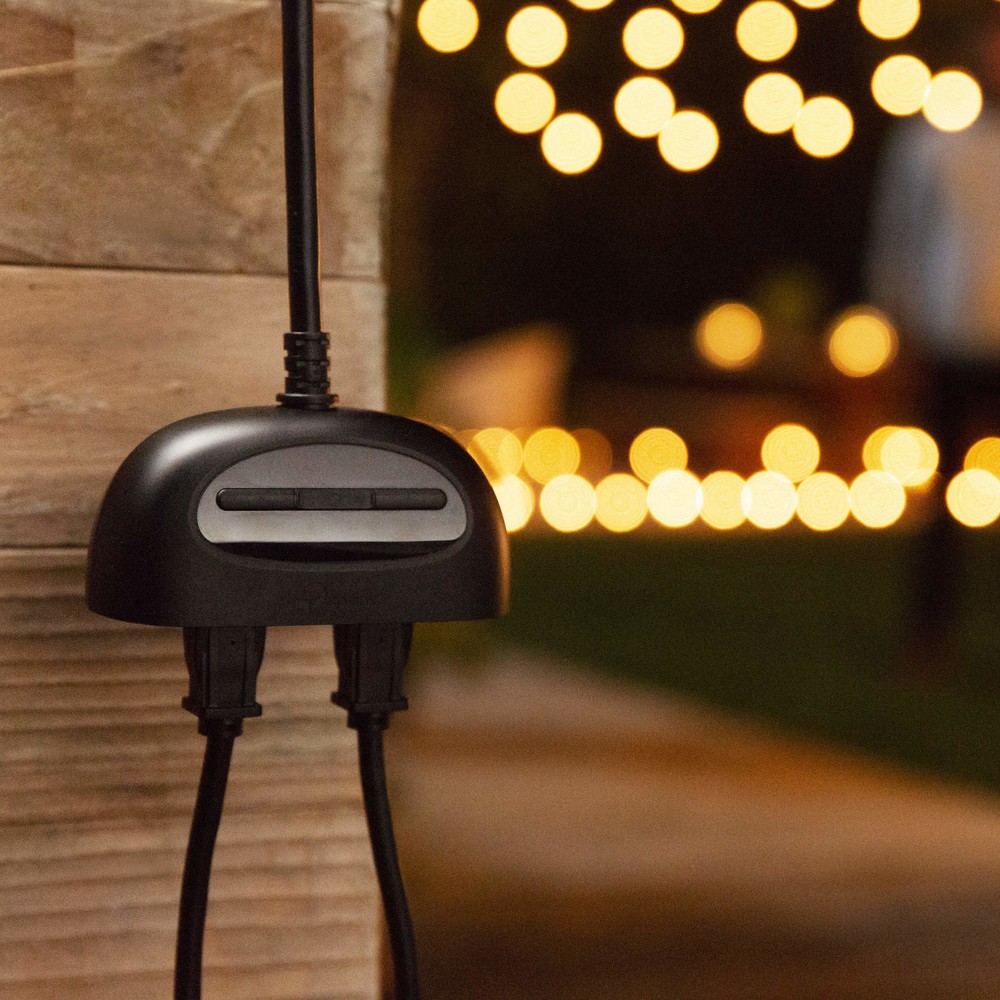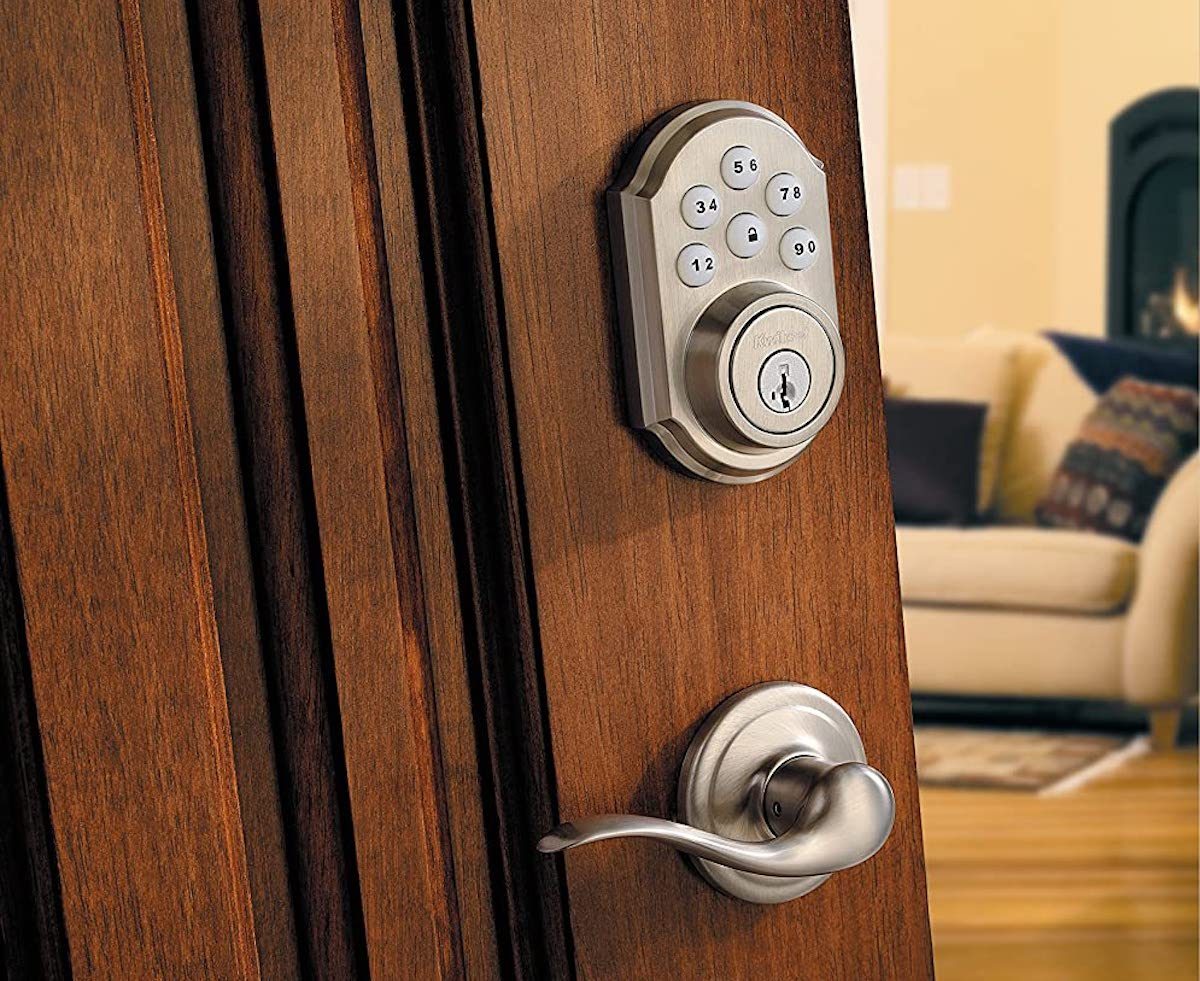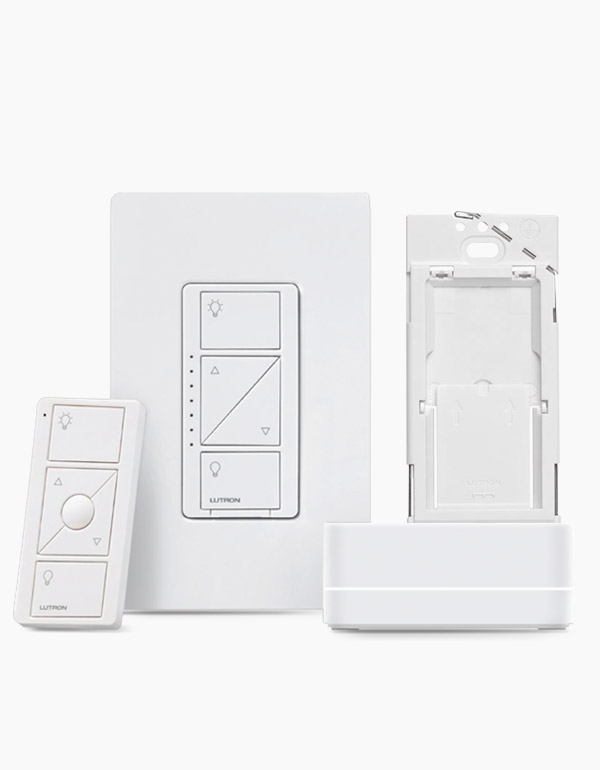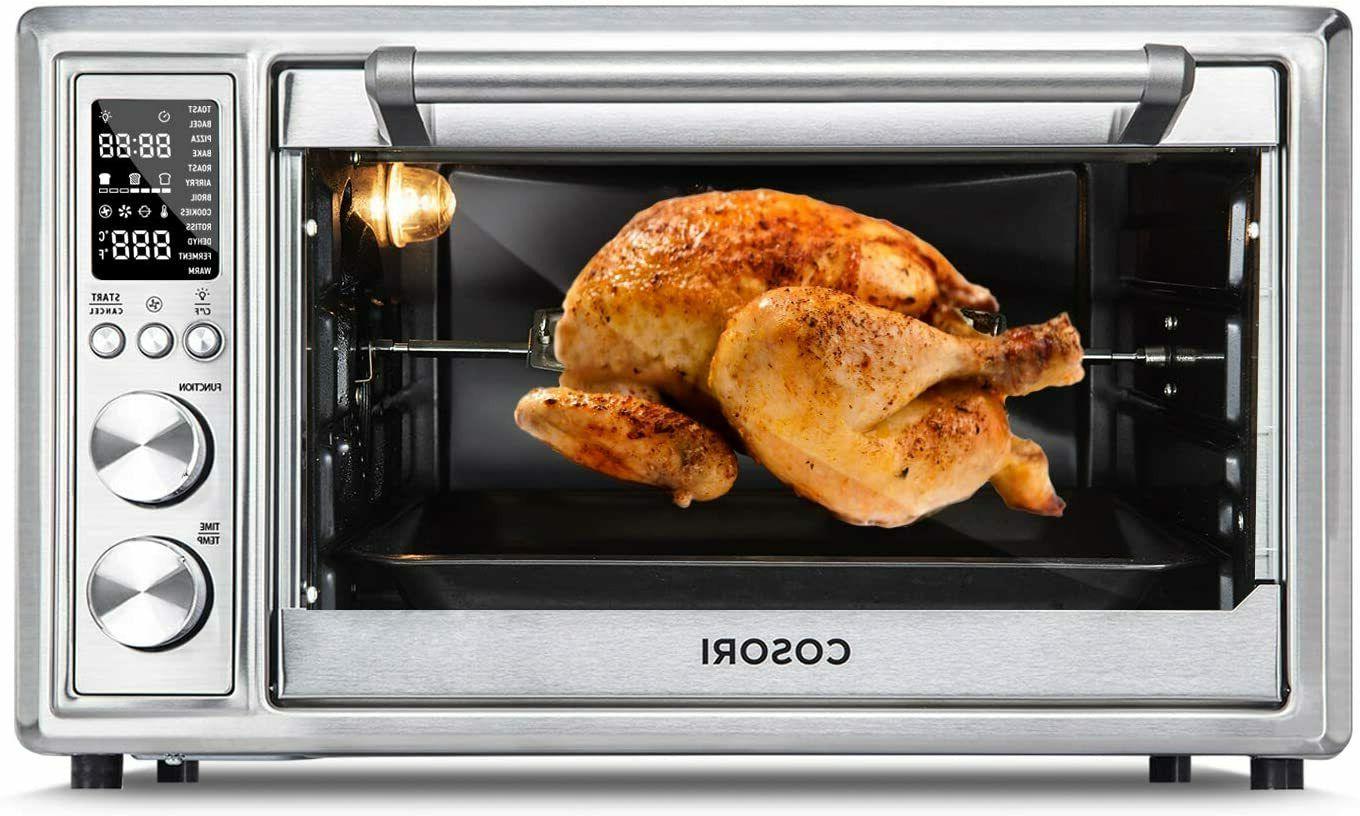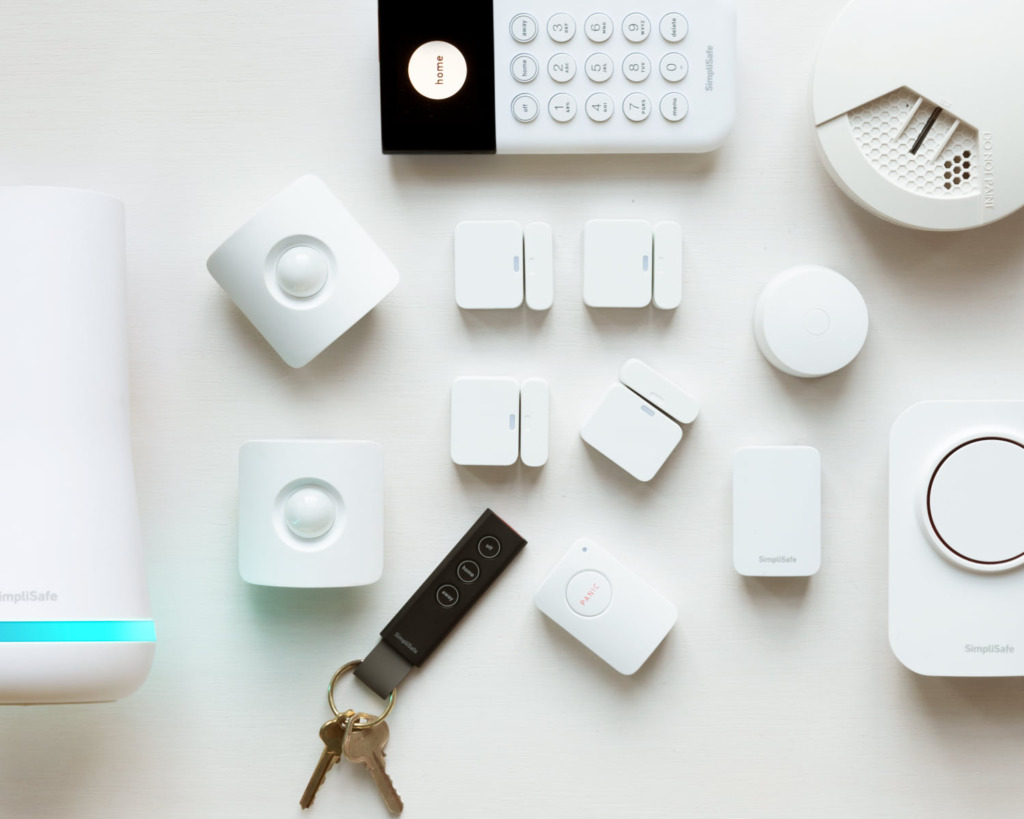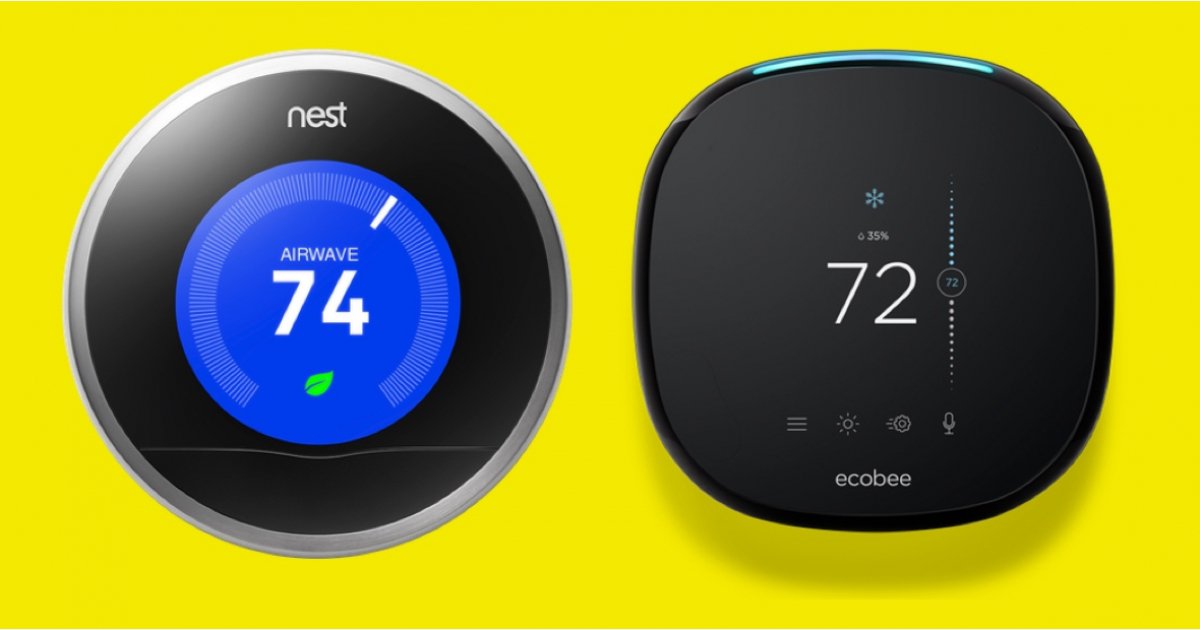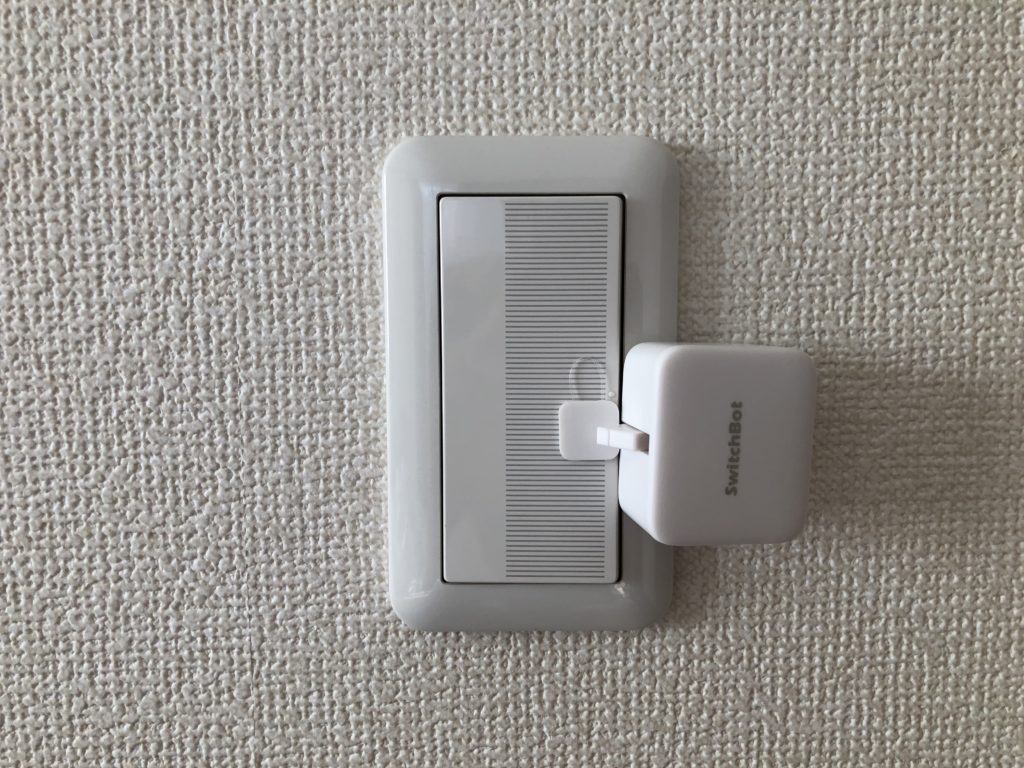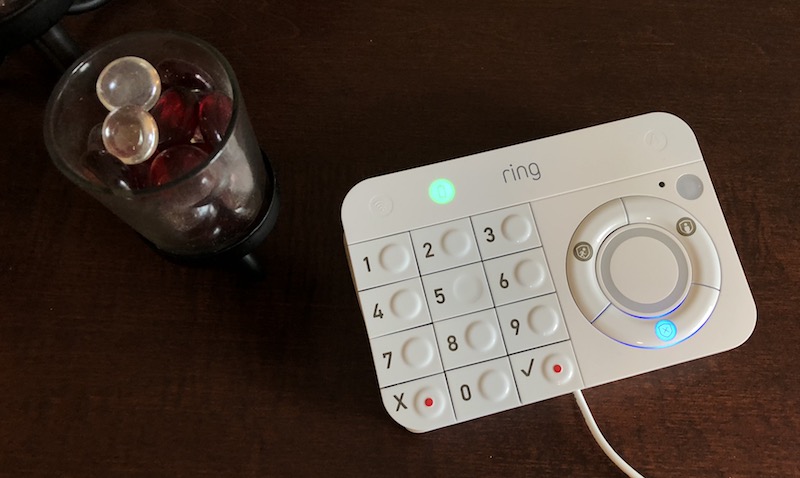Since the 1970s, when they first appeared, microwaves have advanced significantly. But how is a convection microwave different from a regular microwave? Does the added expense make sense? Do you have the right kind of kitchen for a convection microwave? Do not worry if you are perplexed; we are available to assist you.
What is a convection microwave? A convection microwave combines some of the features of two kitchen appliances – a microwave and a convection oven, allowing you to bake and roast foods in addition to heating them.
Convection microwaves are a good option for tiny kitchens, apartments, and recreational vehicles (RVs) because of their adaptability and compact size.
Table of Contents
What is a Convection Microwave Oven?
A convection microwave retains its traditional uses while also performing the convection oven’s functions. A microwave convection oven has an additional heating element and a fan that distributes or circulates hot air across the food to preserve flavor and add a lovely texture while cooking it evenly.
And with the addition of this “second oven,” you’ll be able to do anything from baking and cooking to crisping, grilling, and roasting.
A microwave oven is a useful appliance, regardless of how big or small your kitchen is.
Related Reading:
How Does a Convection Microwave Oven Work?
A convection microwave has at least two operating modes, the first of which is the standard mode, which uses microwaves to heat or cook food. The second option is a convection mode, which turns your microwave into a convection oven. A convection oven uses a heating element and a fan to distribute heat throughout the appliance. Because of this, a convection microwave enables you to use cooking methods like baking, roasting, broiling, and similar ones that aren’t possible with traditional microwaves. To cook food more quickly, you can switch between the two modes on convection microwaves.
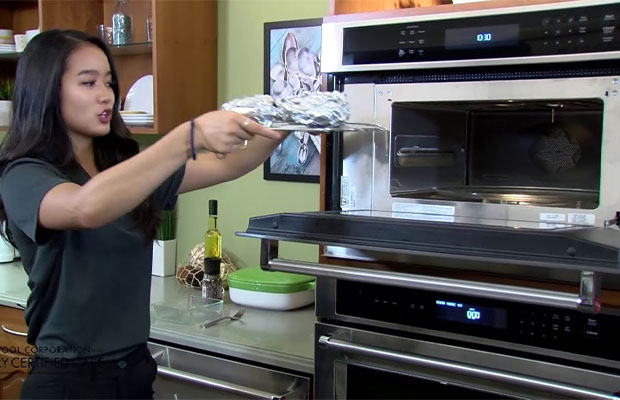
Pros and Cons of Convection Microwave
Lists of convection microwaves’ benefits and drawbacks can be found below.
Pros
Convection microwave ovens can benefit your kitchen and cooking style in a number of ways because of their versatility. This includes:
Multifunctional
The ability to combine grilling, baking, and standard microwave functionality is a convection microwave’s greatest advantage. The appliance is therefore practical, quick, and efficient. Additionally, it is effective when cooking food at high temperatures.
Saving Space and Time
Homeowners can make space savings in their kitchens with convection microwaves. The units can be integrated into kitchen cabinets and are smaller than standard ovens, which further reduces their footprint.
Moreover, they help people save a lot of time. Convection microwaves are much faster at cooking dishes because they can carry out multiple tasks at once.
Affordability
Generally speaking, convection microwaves are less expensive than conventional ovens. They are also economical to run and use less electricity, making them efficient.
Safety Features
Convection microwaves frequently have strong safety features. The automatic shut-off feature is among the most helpful. According to its name, it disables the heating element when the temperature rises too high. As a result, the possibility of fires or other mishaps is significantly reduced if you forget to turn the device off.
The Flavor Remains
Convection microwave ovens evenly cook food because they circulate the air during the cooking process and have an automatic shut-off feature. The food is therefore flavorful.
Cons
Convection microwave also has some disadvantages, which are listed below:
Not as Good as a Conventional Oven for Some Foods
Convection microwaves’ greatest drawback is that some foods cannot be baked using them as effectively as they can in conventional ovens. For instance, traditional oven-baked biscuits have a better texture than those made in convection microwaves.
Additionally, appliances without a bottom element can’t be used to cook foods like pies or pizza that need a base.
Small Capacity
Convection microwaves have less interior space than conventional ovens, which is another drawback. For instance, they might not be sufficient for baking cakes.
Costlier Than Regular Microwaves
Convection microwaves cost more than conventional microwaves, despite being more affordable than standard ovens. However, this drawback might be compensated for by convection microwaves’ usefulness. They are more versatile than a typical microwave, which can only reheat or defrost food.
All things considered, convection microwaves are a smart purchase if you’re looking for a flexible, effective appliance that doesn’t take up a lot of room in the kitchen. Obtain the assistance of a reliable appliance installation business to mount the unit securely.
How to Use a Convection Microwave?
The type of food you’re cooking has an impact on how well it cooks in a convection microwave. In general, it’s best to follow these basic guidelines:
- For quick cook times or reheating, use the microwave setting. This includes prepared meals, popcorn, steamed or reheated vegetables, leftovers, and so forth.
- For longer cooking times, use the convection setting on your microwave. Pizza, baked goods, bacon, and other foods that need to be browned or crisped are a few examples.
- Utilize the combination setting on your convection microwave if it has one to cook food faster and get a crispy crust. Keep an eye on your food to prevent burning or overcooking.
- To promote proper airflow, use bakeware with low sides and the circular convection rack on your convection microwave.
- Only use the convection setting when using metal items. Never use metal objects on a combination or microwave setting.
Although the majority of convection microwaves should be compatible with these instructions, keep in mind that each appliance is unique. For additional cooking advice for your particular model of convection microwave oven and how to get the best results, consult the product manual.
When Should You Use a Convection Microwave?
Convection microwaves cook more evenly than other types of microwaves because of the air-circulation fan. They are also more adept at browning. Which means convection microwaves are great for pies and cookies. (You can bake with these tools, of course!) And they’re also especially great for roasting or reheating foods that were roasted in the oven. Here, we’re talking specifically about meats and vegetables, which will have crispy skin or caramelized exteriors. (Please believe us when we say they won’t taste atomic.)
One piece of advice: Check on your food sooner than usual because convection microwaves cook food more quickly than other microwaves.
Who Should Consider a Convection Microwave?
So, should you invest in a convection microwave? There are several variables that affect the answer. The adaptability and space-saving features of a convection microwave may appeal to people with small kitchens, though. If you’re frequently pressed for time, their efficiency and speed are also great advantages.
What Can You Cook in a Convection Microwave?
Convection microwave cooking means you can use your microwave to:
- Roast an entire chicken, then bake angel food cake for dessert
- Cook green bean casserole while you roast a turkey in your main oven
- Bake cookies on metal cookware (when using convection-only cycles)
- Roast marshmallows for indoors s’mores
- Crisp and brown pizza on a rack
- Cook a beef roast with Automatic Convect Cooking mode
- Use like an oven in small spaces like apartments and RVs
- Preheat and start convection from your smartphone or tablet
Are Convection Microwaves Worth It?
When installing or using a standard oven is not an option, convection microwaves are the best option. For instance, a convection microwave is perfect if you love to cook but have a small kitchen. A convection microwave also offers extra cooking space if you frequently prepare large meals with numerous sides.
They are also perfect for tiny apartments, dorm rooms, mobile homes, and vacation homes. And if you simply lack the space for a full oven, a convection microwave can significantly expand your range of cooking options. Due to their practical, compact design, incredible functionality, and simplicity of use, convection microwaves are the perfect multi-tool cooking method.
FAQs
What Are Convection Microwave Oven Disadvantages?
The most notable disadvantage of convection microwaves is their inability to bake some items as well as standard ovens. In contrast to convection microwaves, traditional ovens produce biscuits with a better texture.
Can You Put Metal in a Convection Microwave Oven?
Most convection microwaves can handle metals like aluminum foil and baking sheets, but only when the microwave is in convection mode. For the best results when baking or roasting in a convection microwave, Whirlpool brand units include a convection cooking rack and baking tray. When baking bakery items like biscuits or cookies, the rack allows air to circulate around foods for an even bake, and the baking tray fits perfectly in the microwave.

